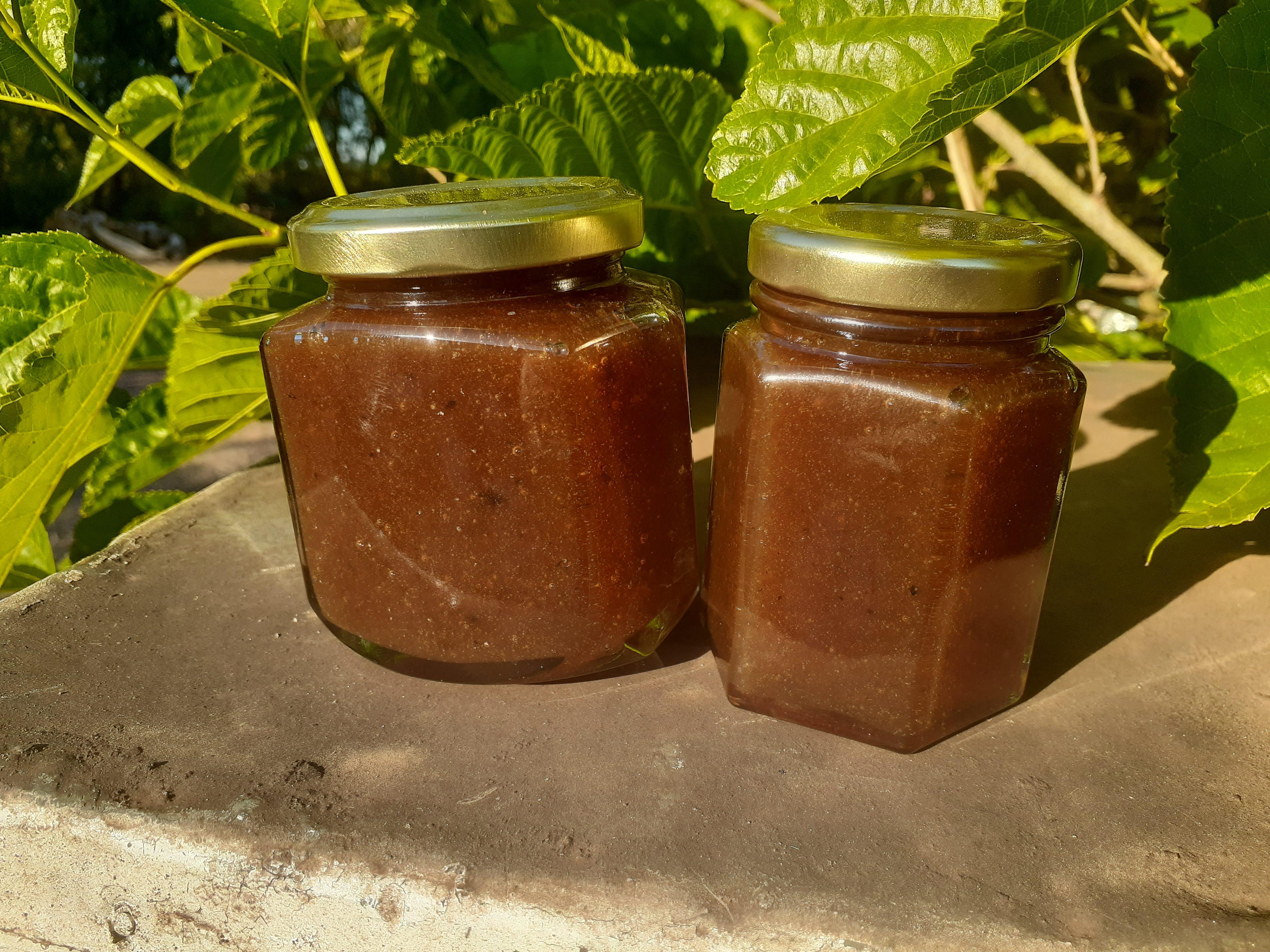The manuka honey market has gained significant traction over the past decade, driven by increasing consumer awareness of health benefits and a growing preference for natural products. Understanding the framework of this market is essential for stakeholders, including producers, retailers, and consumers, as it encompasses various components that influence its growth, dynamics, and future direction. This article outlines the key elements that constitute the manuka honey market framework.
1. Market Segmentation
The manuka honey market can be segmented based on several criteria, including product type, application, distribution channel, and geography.
-
Product Type: Manuka honey is typically categorized by its Unique Manuka Factor (UMF) and Methylglyoxal (MGO) ratings, which indicate its potency and antibacterial properties. Higher-rated products tend to command a premium price.
-
Application: Manuka honey finds applications in various sectors, including food and beverage, healthcare, and cosmetics. Each application has distinct consumer requirements and regulatory considerations.
-
Distribution Channel: The market includes both online and offline channels. E-commerce has seen significant growth, allowing brands to reach a wider audience, while traditional retail remains essential for many consumers.
-
Geography: Key markets include North America, Europe, Asia-Pacific, and the Middle East. Each region presents unique opportunities and challenges based on consumer preferences and regulatory frameworks.
2. Competitive Landscape
The competitive landscape of the manuka honey market is characterized by a mix of established players and emerging brands. Major companies are focusing on innovation, quality, and branding to differentiate themselves. The presence of well-known brands often influences consumer trust, making brand loyalty a significant factor. Additionally, small producers are gaining traction by emphasizing authenticity, sustainability, and local sourcing.
3. Regulatory Environment
The regulatory framework surrounding manuka honey is crucial for maintaining product quality and consumer safety. Various countries have implemented standards to authenticate manuka honey, such as UMF and MGO certifications. These regulations help ensure that consumers receive genuine products, thus fostering trust in the market. Producers must navigate these regulations carefully to avoid penalties and maintain their reputations.
4. Consumer Awareness and Education
Consumer awareness is a driving force in the manuka honey market framework. Educating consumers about the benefits of manuka honey, its uses, and how to choose quality products is essential for market growth. Brands that invest in informative marketing campaigns can build stronger connections with consumers and enhance their brand loyalty.
5. Sustainability Practices
Sustainability is becoming increasingly important in the manuka honey market. Ethical sourcing, environmentally friendly packaging, and responsible beekeeping practices are gaining traction among consumers. Brands that adopt sustainable practices not only enhance their market appeal but also contribute positively to the environment, aligning with the values of eco-conscious consumers.
Conclusion
In conclusion, the manuka honey market framework comprises various interconnected elements, including market segmentation, competitive dynamics, regulatory standards, consumer education, and sustainability practices. Understanding these components is crucial for stakeholders aiming to succeed in this growing market. As consumer demand for natural health products continues to rise, the manuka honey market is poised for further growth, offering exciting opportunities for innovation and development.



